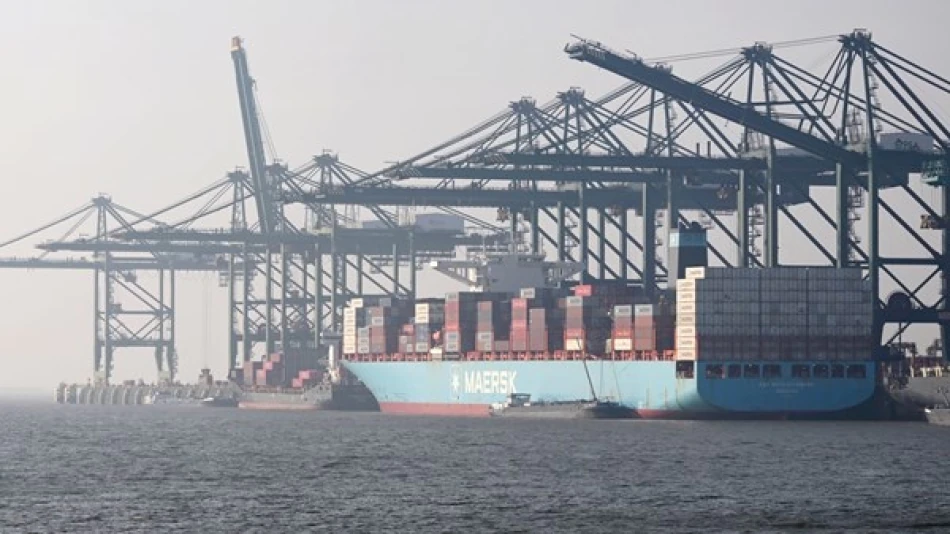
Top US Official Weighs in on Landmark EU Trade Deal Negotiations
Trump's August Tariff Deadline Creates Urgency as US-EU Trade Talks Intensify
US Commerce Secretary Howard Lutnick expressed confidence that America can strike a trade deal with the European Union, but acknowledged the tight timeline as President Trump's August 1 deadline for imposing 30% tariffs on EU and Mexican imports approaches. With just days remaining, the high-stakes negotiations highlight the escalating trade tensions that could reshape global commerce and supply chains.
Last-Minute Diplomatic Push
Speaking on CBS Sunday, Lutnick revealed he had just concluded a phone call with European trade negotiators, describing "wide room" for agreement between the world's two largest trading partners. His optimistic tone suggests both sides recognize the economic damage that could result from Trump's threatened tariffs.
"These are the two biggest trading partners in the world, talking to each other. We're going to get a deal. I'm confident we're going to make a deal," Lutnick stated, though he admitted the August 1 timeline presents significant challenges.
The Stakes of Trump's Tariff Threat
Trump announced the 30% tariff threat on July 12, targeting both Mexico and the EU after weeks of unsuccessful negotiations failed to produce comprehensive trade agreements. This aggressive approach mirrors his first-term strategy of using tariff threats as negotiating leverage, though the scale and timing create unprecedented pressure.
The threatened tariffs would affect hundreds of billions in trade flows, potentially disrupting everything from German automobiles to French wine imports, while raising costs for American consumers and businesses that rely on European suppliers.
Economic Implications for Both Sides
For the EU, which exports roughly $500 billion annually to the US, the tariffs would represent a severe blow to key industries already grappling with slower growth. German automakers, Italian fashion brands, and European technology companies would face immediate competitive disadvantages in the crucial American market.
American importers and consumers would likely bear much of the tariff burden through higher prices, potentially reigniting inflation concerns just as the Federal Reserve has been working to maintain price stability.
Historical Context and Market Response
This latest trade confrontation recalls Trump's previous tariff battles with China and Europe, though the current approach appears more sweeping. Unlike his first term's sector-specific measures, the blanket 30% rate would affect virtually all imports from targeted countries.
Financial markets have shown increasing nervousness as the deadline approaches, with European export-dependent stocks particularly vulnerable. The euro has weakened against the dollar partly due to trade uncertainty, while American companies with significant European operations face potential retaliation risks.
The Negotiating Reality
Lutnick's acknowledgment that countries can continue talking after August 1 while paying tariffs reveals the administration's hardball strategy. This approach essentially forces trading partners to negotiate under economic duress, potentially weakening their bargaining position.
The question remains whether European leaders will accept deals negotiated under such pressure, or whether they'll implement retaliatory measures that could escalate into a broader trade war.
With less than a week remaining, both sides face a critical decision: accept potentially unfavorable terms to avoid immediate economic disruption, or prepare for a costly trade conflict that could reshape transatlantic commerce for years to come.
Most Viewed News

 Layla Al Mansoori
Layla Al Mansoori






